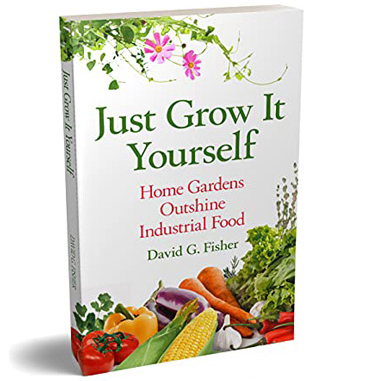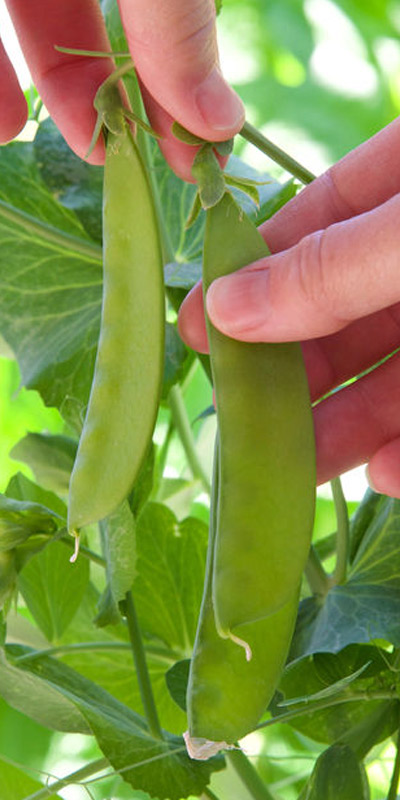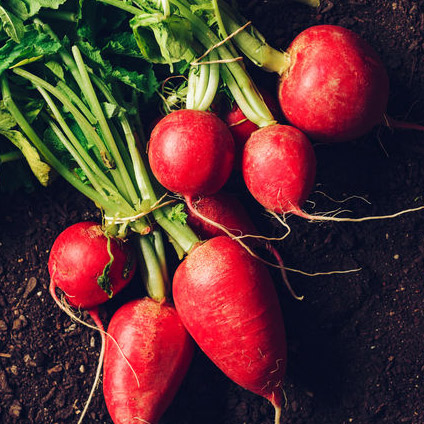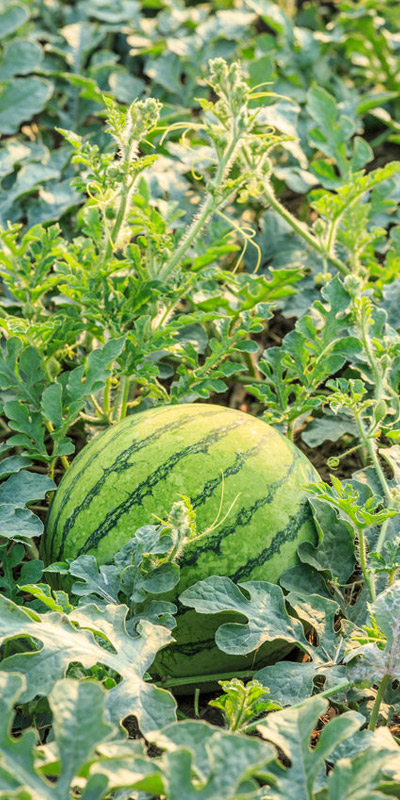The Book
Just Grow It Yourself
Home Gardens Outshine Industrial Food
By David G. Fisher
Just Grow It Yourself contrasts home and industrial food production head to head. Its startling conclusion: pound for pound of production, self-sufficiency gardens are vastly more efficient than the industrial food system while offering far superior health, economic, social, and environmental outcomes.
How do YOU feel about industrial food?
Did you know that your grocery store produce was grown an average of 1,500 miles away and is two weeks old by the time it gets to you?
Do you care deeply about fresh, safe, nutritious, and sustainably-produced food?
Are you unhappy that 60% of us are overweight, 40% are obese, and nearly 50% are either diabetic or pre-diabetic?
Among scores of gardening books, Just Grow It Yourself is the first to:
-
- Comprehensively compare self-sufficiency gardens with the industrial food system
- Show that, from a number of compelling angles, self-sufficiency gardens are far more efficient than that system
- Suggest that the most important measure of a garden’s worth is not cash profit or yield but how long it would support a person if all their food came from it
- Illustrate why and how self-sufficiency gardens could become the major source of food in the U.S.
- Propose that home and community gardens replace food banks and other temporary, disempowering solutions to alleviating hunger for the food insecure
- Assert that all things considered, self-sufficiency gardens are the fastest and easiest way to transition to a far healthier, much more reliable, and vastly more economical food system
About the Author
David G. Fisher, PhD brings 40 years of experience as a gardener, botanist, researcher in crop breeding, and innovator in sustainability education to the daunting challenge of redesigning our food system from the ground up.
Summary of Chapters
1. A Food Interview With America
We begin with a poignant conversation with a personalized version of America as it laments the millions, billions, and trillions in food-related losses due to the industrial food system.
2. The Good News: It’s Been Done Before
Think self-sufficiency gardens can’t possibly be a major source of food? Think again as you contemplate the bounty delivered by the victory gardens of WWII, self-sufficiency gardens today, and what self-sufficiency gardens produce in other countries.
3. Why Victory Gardens Now?
From street-level depictions of food insecurity to the enormous potential benefit for the low-income, control over our food, greatly improved nutrition and food safety, better treatment of food workers, maximum availability of food in challenging times, and more, it’s clear that the time is ripe for robustly ramping up home and community food gardens.
4. Why Industrial Food Can’t Match the Efficiency of Home Gardens
We’ve heard the narrative all our lives: supermarkets are a marvel of convenience and efficiency. But that’s a mirage, because it doesn’t take into account the enormous external costs incurred by industrial food that are not reflected in the price we pay at the grocery checkout counter. Rather, we pay these offloaded costs in the form of many other health, economic, environmental, and social collateral damage and waste.
5. Walking the Garden Talk
Last fall (2020) I decided to see if I could eat only food that came from my garden for a month. I called it Garden Super Size Me, borrowing from Morgan Spurlock’s 2004 documentary on eating only at McDonald’s for a month. Well, I was able to do it, with of course far healthier outcomes that Spurlock experienced. Now, based on the amount of food I consumed during those 30 days and the space it took to grow it, I calculated that I could live for a year on my 2021 garden of 35’ x 40’.
6. Me? Start a Garden? I Don’t Have the . . .
People have oh-so-many reasons why they think they can’t grow a garden. They don’t have the time, space, water, tools, know-how, strength, aptitude, and so on. Thing is, there are quite manageable ways around all those concerns, most of which are mental. I try to gently entice you to see how and why that’s so.
7. Getting Started
There are any number of popular gardening strategies, and all of them work—given the right approach of putting enjoyment first and foremost. Folding in the concept of regenerative methods, which go well beyond organic and sustainable, makes it just that much better. Then there’s the importance of growing veggies at a life-sustaining ratio of two parts energy-rich (beans, corn, potatoes, etc.) to one part energy-sparce (tomatoes, green beans, carrots, etc.), with both being nutritious.
8. Playing the Garden Devil’s Advocate
No doubt many will insist that I’m all wrong, and that industrial food is still the best way to produce food, hands down. So in this chapter I go into the arguments that I know will be coming my way—and dismantle them, one by one. All things considered, self-sufficiency gardens really do produce food enormously more efficiently while delivering far superior health, economic, environmental, and social outcomes.
9. Implementing a Food System Revolution
Here’s where I reiterate the basic nature of the three-tiered food system described throughout the book. Self-sufficiency gardens are the anchor, backed up by locally-sourced foods, which are in turn supported by sustainably reconfigured food that is distantly sourced. I then lay out broad guidelines for both everyday gardeners and policymakers as to how we get to a fundamentally different way to produce food.
The subtitle of this book says it all: Home Gardens Outshine Industrial Food! As Big Ag and Big Food unite to bring us toxic food that wrecks our immune systems, this book shows us the only way back to health. The solution is actually right in our own hands, will mitigate climate change by reducing demand for industrial food, and can even bring us real joy.





